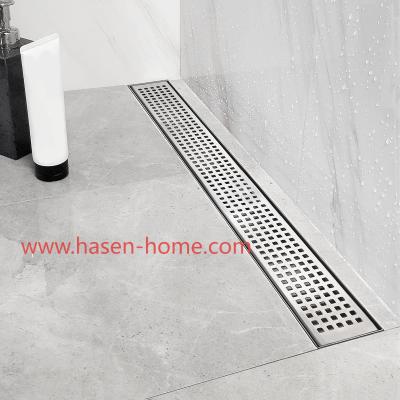Categories
Tags
-
#Capping Machine Supplier
#screw cap automation
#inline packaging
#torque inspection
#Taizhou Chuangzhen
#Cap Compression Moulding Machine
#plastic cap tooling
#high-speed cap manufacturing
#Chuangzhen Machinery
#multi-cavity systems
#Compression Molding Machine Price
#cap production
#manufacturing cost
#Chuangzhen
#molding technology
#Cap Compression Molding Machine
#plastic caps
#compression molding
#efficiency
#Capping-machine
#sustainability
#industrial applications
#price
#innovation
#cost-efficiency
#packaging
#automation
#Cap Compression Moulding Machine Price
#applications
#performance
#packaging industry
#Cap Compression Machine
#energy-efficient production
#sustainable manufacturing
#eco-friendly packaging
#Plastic Cap Compression Molding Machine
#Cap Compression Molding Machine Price
#industry versatility
#industry applications
#energy-efficient cap production
#Production Efficiency
#packaging innovation
#automation technology
#energy efficiency
#manufacturing systems
#Capping Machine
#Industrial Packaging
#packaging machinery
Archives
Capping-machine Balances Efficiency With Cap Moulding Affordabi
-
Posted by sean zhang Filed in Other #Cap Compression Moulding Machine #price #cost-efficiency #packaging #automation 140 views
With evolving consumer habits and increased demand for quality packaging, manufacturers are placing more focus on consistent performance and equipment value. The Cap Compression Moulding Machine Price , often considered a barrier for some businesses, sits at the intersection of investment and technological efficiency. For companies seeking scalable, precise, and cost-effective cap production, understanding what this pricing includes is vital for decision-making.
In recent years, shifts in packaging preferences have heightened the relevance of compression molding in a broader range of industries. More than ever, manufacturers are required to deliver products with consistent tolerances and enhanced visual appeal. In this landscape, the Cap Compression Moulding Machine Price is no longer just about cost—it’s about aligning capital outlay with long-term operational gains. Factors influencing the price include enhanced mold lifespans, automation compatibility, and energy-saving features that minimize downtime and operational waste.
One of the most impactful changes in recent manufacturing processes has been the integration of smart controls and modular components. These upgrades not only streamline maintenance but also support the flexible switch between cap designs and sizes. In beverage, personal care, and household chemical sectors, such flexibility is a strong asset. A machine that offers both accuracy and productivity helps companies meet varying customer demands while controlling production costs.
From a technical perspective, compression molding has become more desirable because of its ability to produce caps with minimal material deformation and superior sealing performance. In daily life, this results in containers that stay fresh longer, are easier to open, and maintain product integrity. These characteristics enhance consumer satisfaction, making it essential for brands to rely on equipment that maintains uniformity at high output speeds.
While high-end cap molding machines may carry a more significant initial investment, the return comes through minimized scrap rates, lower maintenance expenses, and steady production capabilities. Companies that look beyond short-term price tags toward lifecycle value often discover that advanced compression systems outperform traditional capping approaches. They also reduce dependence on human intervention, thanks to integrated quality control systems.
As more industries adopt eco-conscious business strategies, the materials used in compression molding continue to evolve. Equipment manufacturers now develop systems that accommodate recyclable polymers while maintaining productivity. This not only reduces environmental impact but also supports the goals of modern brands catering to sustainable markets. For businesses evaluating such systems, price becomes a component of environmental responsibility rather than just a budgeting concern.
Taizhou ChuangZhen Machinery Manufacturing has positioned itself at the forefront of this transition by offering compression equipment that balances performance, durability, and operational transparency. Their advanced machines are built to support dynamic market changes while offering businesses an opportunity to stay competitive. For additional insight into their systems and how they align with operational needs, visit http://www.capping-machine.net/ .
